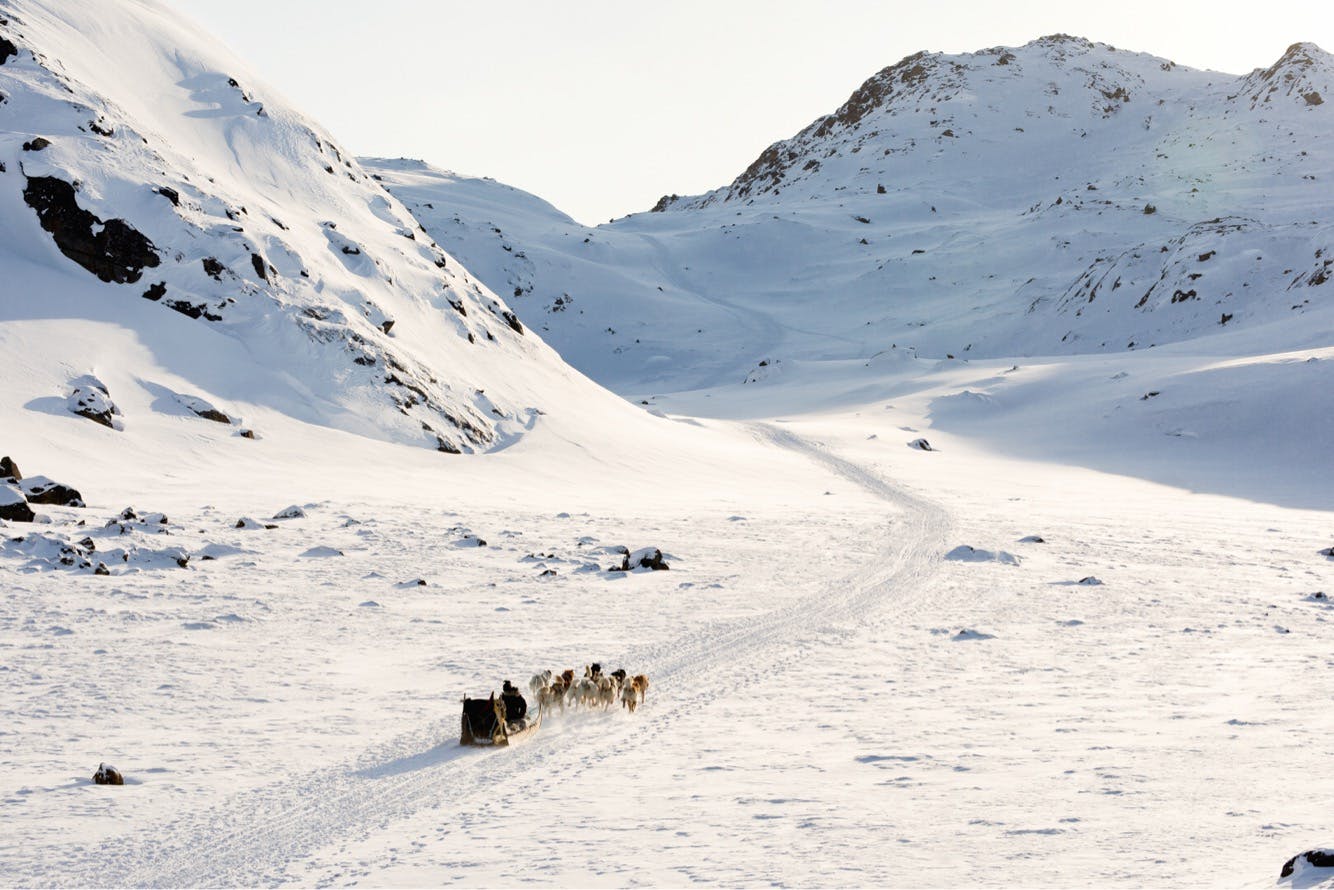Five unconventional winter getaways courtesy of Another Escape
Another Escape — I’m sure that’s something we could all do with at this time of year. After all, the Christmas period isn’t exactly the kind of break any of us really need: late nights, early mornings, stilted conversation with distant family — that’s no kind of holiday at all.
With that in mind, the good people at Another Escape magazine (see what we did there?) have put together a list of five winter getaways of a slightly less usual kind.
From ice skating in Sweden to surfing in Iceland, editor Rachel Taylor made this less well trodden list of escapes from the magazine’s latest issue. And, if the descriptions don’t sell it, surely Jody Daunton’s incredible photography will.

Nordic skating in Sweden
Sweden has roughly 97,500 lakes, and in the winter they freeze over providing the perfect opportunity for skating on natural ice. In colder climates, particularly in the Nordic countries, people have made a pastime of ice-skate touring: travelling long distances on skates, immersed in the local nature (like ski touring). Those who do it love the adventure, the freedom, and the thrill.
Yes, there are dangers, and that’s why it’s important to wise up before heading out onto the ice. Sweden has ploughed tracks where you can safely skate and hire Nordic skates, which is a great option for beginners and the inexperienced. Or you can book to go on a skating tour with an experienced guide. The good thing is is if you fancy just a quick break to Sweden, you don’t even need to leave the Stockholm area to get out on the ice.
Surfing in Iceland
Iceland sounds like an unlikely place to go surfing, but it offers a true Arctic adventure. Local surfers say that it can take some local knowledge or time and exploration to get to know the best breaks, but many of them head to the Reykjanes peninsula, roughly an hour drive from Reykjavik. The most notable challenge local surfers say they struggle to contend with is surprisingly not the cold but the daylight hours. Winter offers the best surf conditions but it also means very limited daylight.
The documentary film Under an Arctic Sky by adventure-photographer Chris Burkard gives an eye-opening glimpse into the world of Arctic surfing: the snowstorms, the forecasting, the rough seas. But it also highlights the rewards. For those who are interested, a company called Arctic Surfers offers bespoke tours and itineraries where you can take advantage of their local knowledge and experience surfing in Arctic waters.
Inuit dogsledding in Greenland
Historically, the Inuit’s survival in Greenland has been thanks to their dogs. In the long, cold winters, they used them to reach hunting grounds and haul back their prize to their families and communities. Although older generations still remember these simpler times, today, with the arrival of snowmobiles, more international trade, and the changing climate which is diminishing the sea ice which the Inuit hunt on, the Inuit aren’t so reliant on their dogs. However, many of them still foster special bonds with them, and still today use them to access the backcountry and feel a sense of freedom there.
As tourism in Greenland continues to grow, it offers Greenlanders a financially viable reason to keep their dogs and share the pleasures of sledding with visitors from around the world. A word of warning though, dog sledding in Greenland differs to that of many other regions where the pastime is popular, in the most part because of the terrain. With 80 percent of the Greenland’s land mass covered by the Greenland Ice Sheet, it is at the country’s mountainous coastal regions that the dogs are driven. This makes for a thrilling and at times white-knuckle experience.

Snowshoeing in northern North America
An unsung hero, the snowshoe has been integral to the spread of civilisation in North America. Believed to have originated in Central Asia and travelled across the Bering Land Bridge into North America, Native American and Inuit peoples of today’s Alaska, Canada, and the northern states of the Lower 48 used them for travel and survival during the wintertime. It was here, in North America, that the snowshoe was elevated to an art form, with each tribe and band crafting their own unique shoe with varying available materials and fashioned appropriately for their local terrain and snow conditions.
Today, there are a large number of travel operators offering snowshoe adventures in the backcountry, including those run by residents of local Indian Reservations, enabling you the unique opportunity to feel a sense of history with this pastime. Check out some of the regions national parks and First Nations’ offerings to get a taste of adventure and history.
Wildlife watching in Antarctica
To many, Antarctica feels like an unreachable, otherworldly place. But the planet’s most southernly continent is today more reachable than ever – although, full disclosure, it can come with a hefty price tag. The Heroic Age of Antarctic Exploration saw adventure-explorers set there sights on this frozen wilderness at the bottom of the globe, and still today this is place that belongs to no one “devoted to peace and science” – as outlined in The Antarctic Treaty. Antarctica’s allure is not just its awe-inspiring wildlife; the whales, the penguins, the walruses. It’s its mystery. It’s the knowledge that relatively only a small handful of the world’s population will ever get to experience the wonder of this frozen land.
There are now a number of operators that offer experiences to the Antarctic Peninsula, Falkland Islands and the mountainous South Georgia, with onboard education from scientists and researchers teaching about the region. As with anywhere you travel, it’s best to do your research and travel with a responsible operator that exhibits good values.





